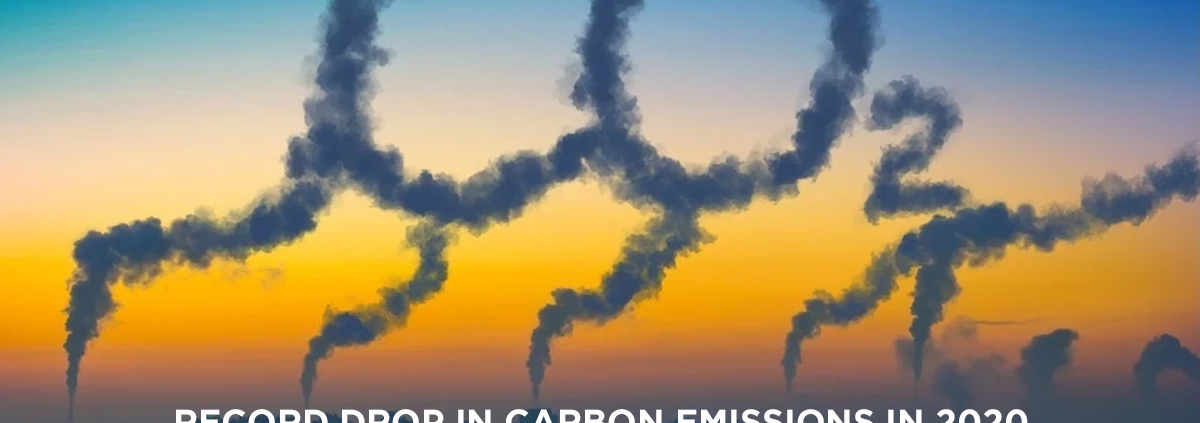Earlier in June, during the peak of pandemic-induced lockdown, Indians residing in the plains of the state of Punjab began to notice the towering peaks of the Himalayas — a view that had remained obscure for nearly three decades due to pollution. For the younger generation, this was a first. And as expected, the news was widely reported, which in turn led to a barrage of memes, but it also added a new layer to the climate-change discourse: How merely a few months of reduction in high-carbon activities could lead to visible positive effects.
Similar phenomena were observed across the world, prompting researchers to weigh in. And recently, a joint report by the researchers at University of East Anglia (UEA), University of Exeter and the Global Carbon Project has provided statistics that drive the point home. The global carbon emissions have, in fact, dropped by an estimated 2.4 billion metric tonnes this year, which corresponds to 7 percent decline from 2019. To put this into perspective, the previous significant decline was 0.9 billion metric tonnes, recorded during World War II in 1945.
So, what are the key takeaways and implications from these telling numbers?
Transportation is the talking point
At the peak of lockdown, surface transportation was reduced by half and aviation was affected even more. By December, 2020, despite resumption of activity, emissions from aviation fell by 40 percent compared to 2019 levels. This, I believe, makes a compelling case to accelerate our transition towards low-carbon energy in transportation. The pandemic induced slowing down of the economy presents a timely opportunity to promote electric vehicles and make cities easier to navigate for cyclists and pedestrians. The idea is to not impede activity but rather speed up the transition to low-carbon transportation, since economic revival cannot be undermined either.
Top-down policies are vital
Despite the landmark Paris Climate accord in 2015, the carbon emissions have grown each year. And if we are to realize the ambitious targets by 2030, the UN recommends 7.6 percent declines in carbon emissions, annually, which is a tall order even with lockdowns. This is to say, we have to embed low-carbon strategies into post-COVID economic recovery plans and stimulus packages. Such national-level policies are particularly needed in countries like China and India, which account for massive global carbon footprint. That said, the researchers have acknowledged India’s efforts in hydropower generation, which saw the nation reduce its emissions by 9 percent this year (2 percent more than global average). This calls for the Indian Government to ramp up its efforts towards low-carbon energy and sustain the momentum.
The long road ahead
China, in contrast, has registered a mere 1.7 percent decline in carbon emission in 2020. This is largely due to the early resumption of economic activity, indicating a strong possibility of increase in global emissions in 2021, on the back of developments on the vaccine front. The time has come to expedite the adoption of green technologies, and with effective policy support and structural reforms, we stand a realistic chance of sustaining the positive effect that the lockdown has had on our environment. But if we resume high-carbon activities, in the name of economic recovery, the view of the Himalayas from Punjab will once again be obscured, by a myopic approach.



